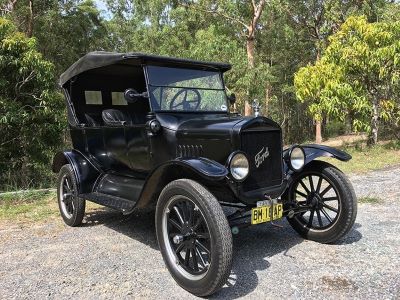I have seen with surprise and pleasure a new wheel turning system for a car presented by Hyundai. The idea was presented at the CES 2018 Fair, and they have continued testing and improving to present a working prototype.
They have called the system e-Corner and it is a compact block to be placed on each wheel of the car. In this block is the suspension, the future electric motor to move the car, the braking system and the wheel steering system. All in one compact block.
Hyundai's e-Corner system is an innovative technology that integrates driving, braking, steering and suspension at each wheel of the vehicle. This allows the car to perform movements that are not possible with conventional steering systems, such as turning on itself or moving laterally.
The e-Corner system is made up of four electric motors, one on each wheel. The motors are controlled by a central control unit that receives signals from the vehicle's sensors, such as the front camera, radar sensors and ultrasound sensors.
The central control unit uses signals from the sensors to determine the direction of the vehicle. For example, if the driver wants to turn left, the central control unit turns the front wheels to the left and the rear wheels to the right. This allows the vehicle to turn in a very tight circle.

The e-Corner system can also be used to move laterally. To do this, the front and rear wheels move in opposite directions. This allows the vehicle to move laterally through tight spaces, such as between two parked cars.
The e-Corner system has a number of advantages over conventional steering systems. First, it allows the vehicle to perform movements that are not possible with conventional steering systems. Secondly, it improves the vehicle's maneuverability, making it easier to park and maneuver in tight spaces. Third, it improves vehicle performance in low-grip conditions, such as snow or ice.
The e-Corner system is currently available on the Hyundai Ioniq 5, an electric SUV, and Hyundai plans to offer the system on other electric models in the future.
A very interesting video can be seen at: https://youtu.be/3Isz0XgBsIg
The great advantage of this system is that it offers a vehicle movements that conventional steering systems are not capable of, such as turning on itself or moving laterally to park.
The problem is that this system is more complex and more expensive than conventional steering systems, and will also cost more to maintain. Although it is expected that if the system becomes established in the market, mass production will lower costs, and make it more accessible to more users.
As it is something very new, it remains to be seen the acceptance that this system has in the market, and that acceptance will depend a lot on the price and reliability it has.
And that will only be known with the passage of time, but for the moment we must congratulate the people at Hyundai for bringing such a novelty to such an old market.

